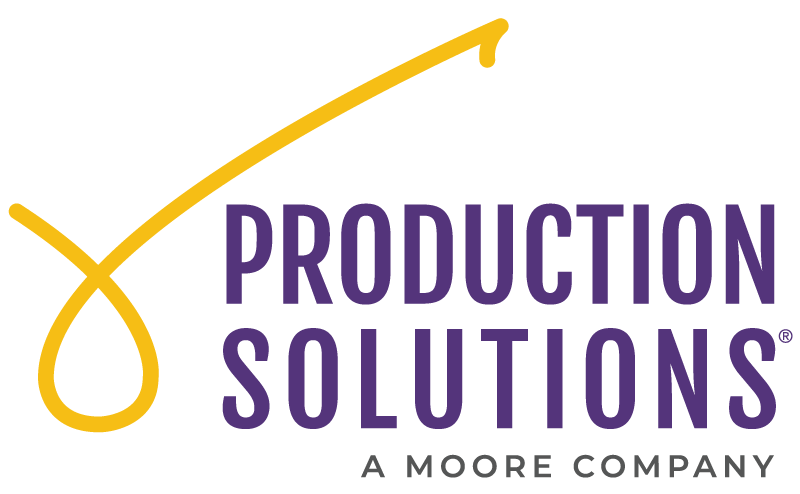What’s In A Postage Rate?

Shannon Azbill
Senior Supplier Relations ManagerPostage can be a significant expense in direct mail, and in many cases, it can comprise the largest percentage of your direct mail expense budget. When mailing large volumes over the course of a year, incremental (even tiny) changes in postage can have a significant impact on overall postage expenses. If you mail 1 million pieces a year, a one-cent change in postage translates to $10,000 annually. If you mail 10 million pieces a year, a one-cent change in postage means $100,000 annually.
What goes into determining the postage rate you pay and how do you make those incremental changes that can make you look like a hero come budgeting time?
Postal class, physical characteristics, barcode automation, sortation, and work-share discounts all influence the final postage rate that is paid. Postage can get seriously complicated! Let’s break it down to the factors that have the most impact.
Postal Class
There are many classes of mail, but we will focus specifically on first-class mail and marketing mail which dominate our industry today. The main difference between the two is speed and speed costs! While there are no guarantees, the USPS strives to get first-class mail in-home within 2-5 days, and marketing mail takes much longer – typically 10-15 days. By switching from first-class to marketing mail, you can save between 30%-60% on postage. It will be closer to the 60% number if your organization has non-profit authorization status with the USPS.
If you are mailing first class, look at your programs and consider if there are opportunities to test into, or reduce, the volume of first-class mail. For example, if you are mailing all $100+ donors first-class, test what would happen if you changed this threshold to $250+ and determine how this would impact fundraising.
Physical Characteristics
It is best to design mail pieces so they are considered automated (also known as machinable) by the USPS. You will typically pay less for mail that can be processed on a machine as opposed to mail that needs to be processed manually. A long list of physical characteristics such as size, shape, address position and orientation, flexibility, weight, and thickness determine if a piece can be processed on automated equipment.
Next, there are three processing categories within the USPS– letter (a rectangular card or envelope), flat (a rectangular card or envelope that is larger or heavier than a letter), and parcel (an envelope, carton, or tube – fits the dimensions for a flat, but is not flexible, or is too lumpy). The machines that are used to sort letters can process 36,000 pieces an hour and require 2 people to run. A flat sorting machine can process 17,000 per hour and needs 3 people. A parcel machine can handle up to 6,000 per hour and requires 4-6 people. Consequently, letter postage is less than flats and flat postage is less than parcels.
Are there modifications that could be made to your mail package to change the postal processing category? For example, if you are mailing a campaign in a 9×12 envelope, it likely is mailing as a flat; if you could modify the piece to mail in a 6×9 envelope and qualify as a letter you will get a significantly reduced postage rate.
Weight can also dramatically affect postage rates within each of these processing categories. In many cases, with each additional ounce, you are adding additional postage. For example, if you are mailing a first-class flat and it weighs in at 2.1 ounces, you will pay about $.20/piece more than if it weighed 1.9 ounces. There may be some very simple modifications that could be made to get that piece under the 2-ounce weight category – change the paper, reduce the size of a piece inside, etc.
Full-Service Intelligent Mail
If you meet the physical characteristics required to automate your mail on machines and you use an intelligent mail barcode (IMb), you will then qualify for automation postage rates. The IMb has transformed the USPS by providing mailers with real-time access and transparency into mail tracking and delivery. But, the IMb also means that the USPS can process your mail at higher speeds and more efficiently. By using a “full-service” IMb on your mail piece, you are eligible for maximum automation discounts in postage. There are many requirements to make sure you are implementing full-service intelligent mail properly, but fortunately, Production Solutions manages this entirely for you (if we can use a barcode on your mailing!).
Presorting and Work-Share Program
The more work we do for the USPS, the more discounts we can achieve. At the most basic level, this means presorting mail (putting the mail in a sorted order before handing it over to the USPS). But, much deeper discounts can be achieved when there are higher density and larger volumes and we ship directly to destination USPS facilities. There are a variety of postal logistic approaches including commingling, co-mailing, co-palletization, and drop shipping. This previous blog describes each process.
Production Solutions can help analyze your programs to determine how we can leverage postal logistic solutions to help achieve that tiny change in postage that could mean big dollars at budget time!
About the Author







